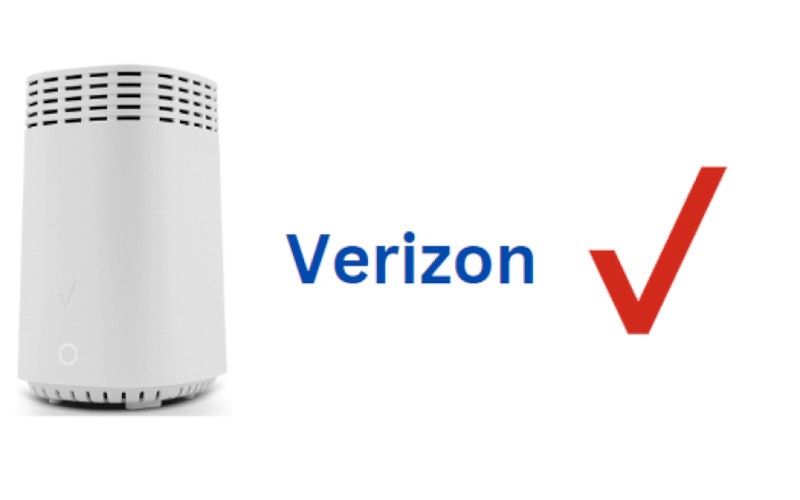

Even though the first two versions weren’t portable, they still had all the trappings of a good time!Įspecially if you like The Monster at The End of this Book. However, on the page where I had to follow a maze out of the Count's castle, after the Count himself instructed 'push a button now', what I heard took me by terrible surprise. Needless to say, I was disappointed, but still curious. The first two version of the system also allowed for recording your own voice via a built in microphone, but all versions allowed children to use the unit as a standard cassette player, which only added to the marketability of Talk ‘N Play. On the first half of the story, Grover just gently reminded the listener, me, that 'we are not pushing the red button today'.

That had to be interesting to try as a kid! Cassettes were playable on the labeled side only, and placing them in the cassette player door upside down would result in backwards play. Everything had an educational slant to them, as indicated on the book and cassette packaging. Those “software” programs involved the teaching of music, colors, shapes, and even had programs for slightly older children (up to the age of ten!). Freeman, Ph.D., Electronic Talk ‘n Play was licensed for use by the Children’s Television Workshop and the Walt Disney Company, but also had proprietary software that didn’t feature Mickey Mouse or Big Bird. Casey really wanted to be your favorite Christmas present of 1985, apparently.Ĭreated by Michael J.


 0 kommentar(er)
0 kommentar(er)
